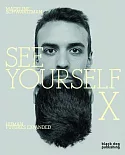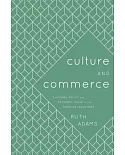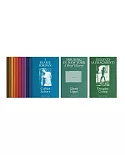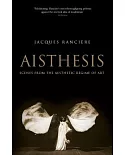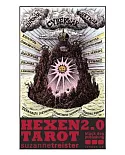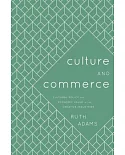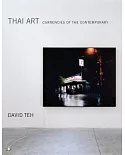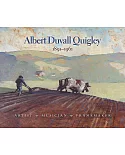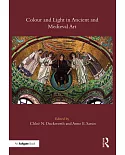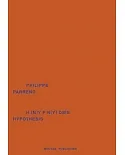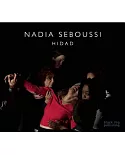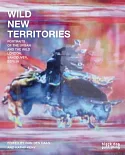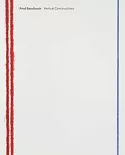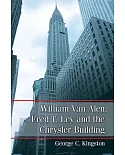Of all the giants of twentieth-century art, Wassily Kandinsky (1866–1944) was the most prolific writer. Here, available for the first time in paperback, are all of Kandinsky's writings on
art, newly translated into English. Editors Kenneth C. Lindsay and Peter Vergo have taken their translations directly from Kandinsky's original texts, and have included select interviews,
lecture notes, and newly discovered items along with his more formal writings. The pieces range from one-page essays to the book-length treatises On the Spiritual in Art (1911) and
Point and Line to Plane (1926), and are arranged in chronological order from 1901 to 1943. The poetry, good enough to stand on its literary merits, is presented with all the original
accompanying illustrations. And the book's design follows Kandinsky's intentions, preserving the spirit of the original typography and layout.Kandinsky was nearly thirty before he bravely
gave up an academic career in law for his true passion, painting. Though his art was marked by extraordinarily varied styles, Kandinsky sought a pure art throughout, one which would express
the soul, or "inner necessity," of the artist. His uncompromising search for an art which would elicit a response to itself rather than to the object depicted resulted in the birth of
nonobjective art—and in these writings, Kandinsky offered the first cogent explanation of his aims. His language was characterized by its desire for vivification, of the infusion of life into
mundane things.Considered as a whole, Kandinsky’s writings exceed all expectations of what an artist should accomplish with words. Not only do his ideas and observations make us rethink the
nature of art and the way it reflects the aspirations of his era, but they touch on matters vital to the situation of the human soul.




